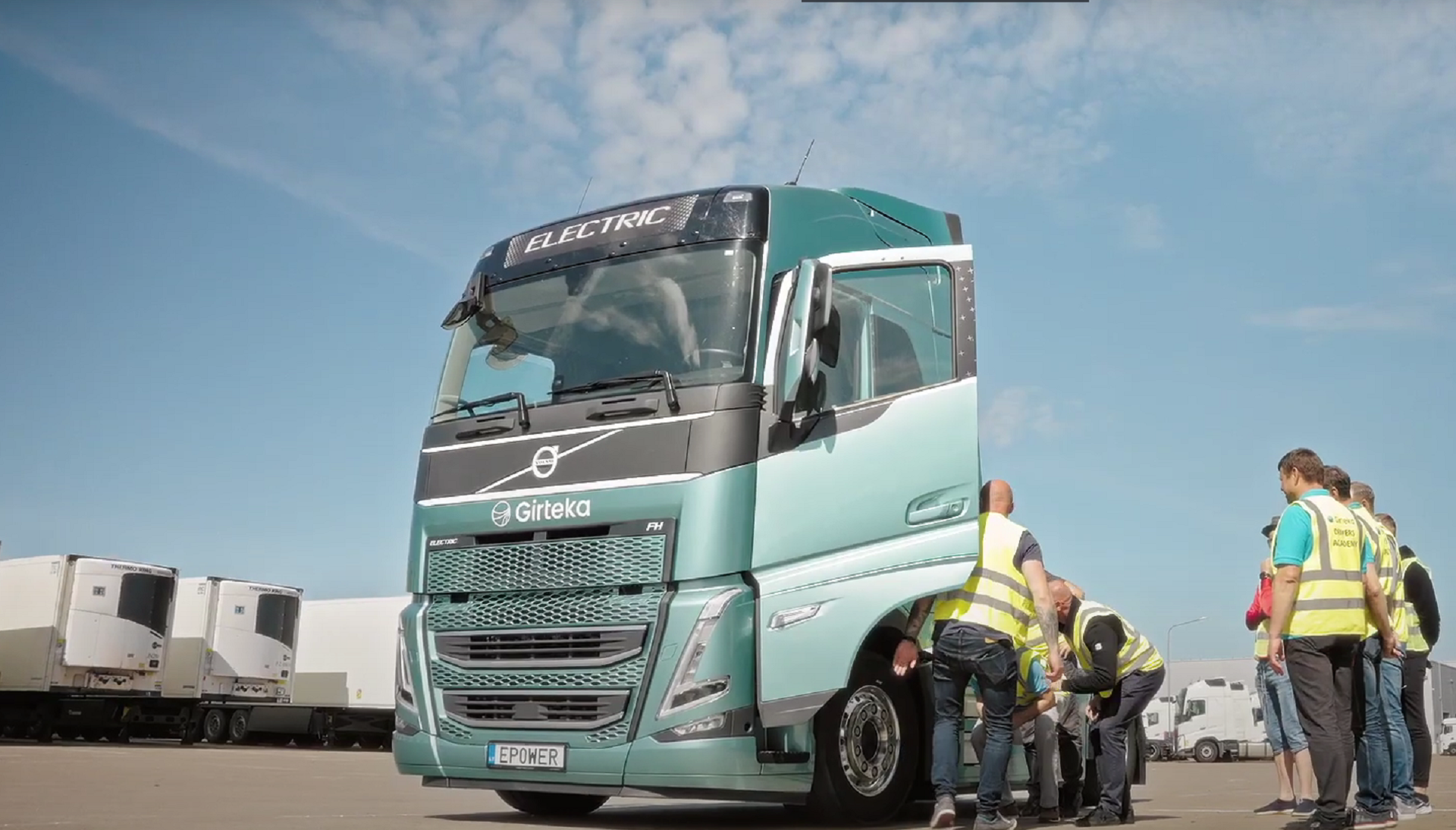With the Linde L10 – L16 B pallet stacker, Linde Material Handling (MH) is launching a new, extremely compact pedestrian truck. Offering load capacities of 1.0 to 1.6 tons and lift heights of up to 5.47 meters, the models are designed for a very wide range of handling tasks in warehouses and production environments. Their compact design also makes them ideal helpers when it comes to handling goods in narrow aisles and loading zones. Two other models are capable of moving pallets with closed bases and various types of small containers.
“Hardly any other product group in the warehouse equipment segment is as versatile as the manual electric pallet stackers,” says Marc Castro, Portfolio Manager Warehouse Trucks at Linde Material Handling. These proven all-rounders cover a wide range of warehouse applications: They stack and move pallets in staging areas and in buffer zones and transport materials to production lines, they store and retrieve goods and help with replenishment in supermarkets, and they can also be used as work bench. Whatever the application, the manoeuvrability of the vehicles is critical because space is almost always an issue – whether in marshalling areas, in narrow aisles or at the assembly line. “Each centimeter reduction in truck length helps the driver get the load to its destination more quickly and safely,” explains product expert Castro.
Flexible application options
For this reason, special attention was paid to the dimensions of the Linde electric pallet stacker series. “They are among the most compact models in the entire competitive environment,” emphasizes Castro. The shortest version of the Linde L10 B, equipped with an integrated lithium-ion battery and a simplex mast, measures just 568 millimeters from the chassis to the fork carriage (l2 dimension), with a turning radius of 1,420 millimeters. The model series is also available with a battery tray and lead-acid batteries with rated capacities of 200Ah and 250Ah as well as lithium-ion batteries with capacities from 3kWh to 6kWh. In addition to a variety of different chargers, the vehicles can optionally be equipped with an integrated charger, which enables intermediate charging at any power outlet.

But that’s not all. “The new Linde pallet stackers are designed with the overarching goal of being one truck for all conceivable requirements,” emphasizes Castro. To achieve this, five different mast types are available to adapt the trucks to individual conditions in the customer’s company. In addition, there is a wide range of equipment options to ensure that sales consultants can configure the trucks for every application: The initial lift provides more ground clearance when negotiating uneven surfaces and driving over ramps while the double-decker function, for example, allows the simultaneous transport of two pallets over longer distances. The Linde L10 – L12 AS straddle stackers with 1.0 and 1.2 ton load capacity are available for handling pallets with closed bases or special load carriers.
Safety, ergonomics and fleet management offer multiple advantages
Two key elements are essential for achieving productivity: maximum operating comfort and tailored safety equipment that protects the operator, the load and the warehouse infrastructure. The Linde-typical asymmetric tiller head proves its worth in this respect, automatically keeping the operator within the truck contours. Additionally, the long tiller arm ensures that the operator is at a safe distance from the truck when it is in motion, traveling at speeds of up to 6 km/h. The deep-drawn chassis also enhances safety by preventing the operator’s feet from being trapped under the low steel skirt. The active foot bumper is a new equipment option. It senses contact and automatically brakes the truck in response. Another variant actively moves the truck away from the operator in the event of contact.
The Linde Load Management system is available in two versions. In the standard variant, the system determines the load weight on the forks. The advanced version additionally monitors the remaining load capacity in real time and alerts the operator to critical conditions with visual and audible warnings. If the load weight exceeds the maximum load capacity, the system blocks the lift function, preventing further lifting. Travel speed and acceleration are also controlled based on lift height, load weight and steering angle. Another important feature is networking with two-way data transmission: This allows software upgrades and remote diagnostics ‘over the air’, increasing vehicle uptime.
read more





